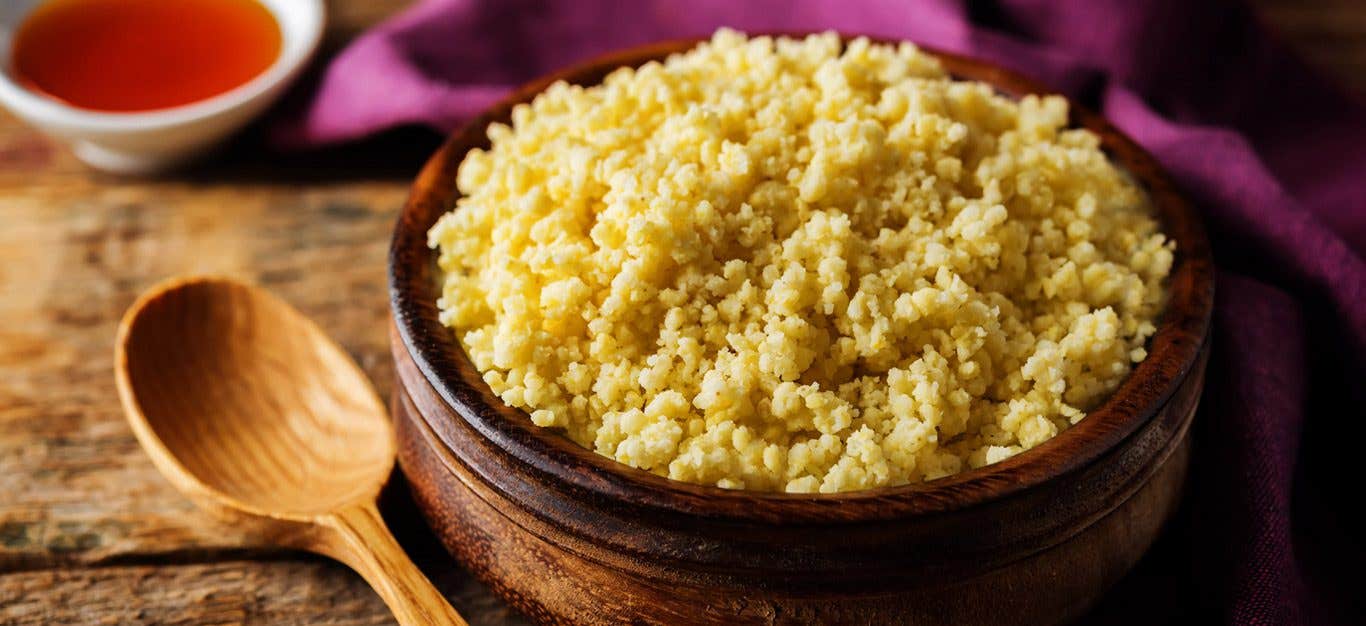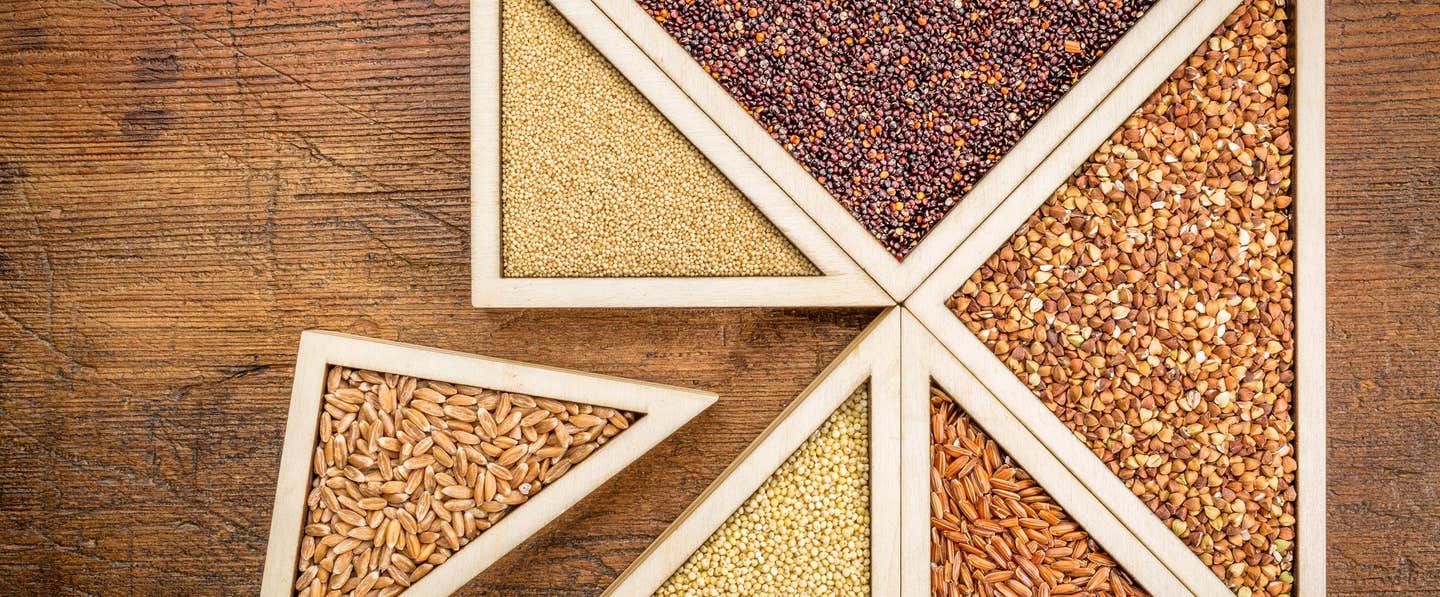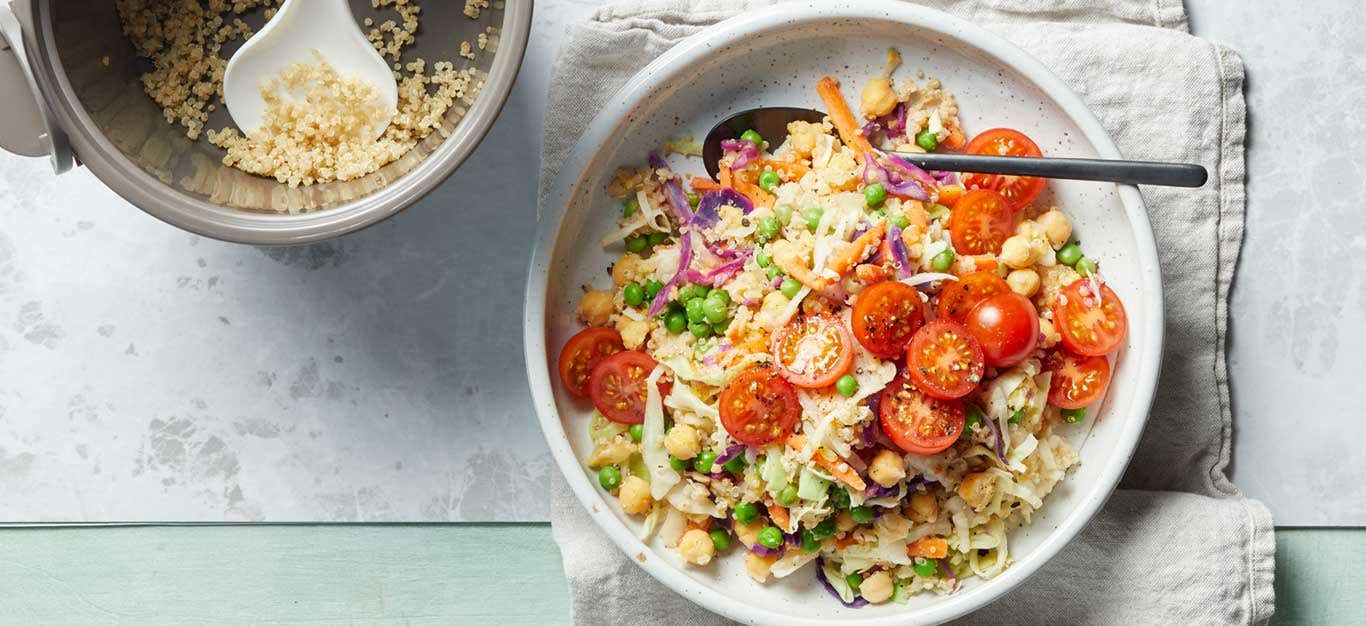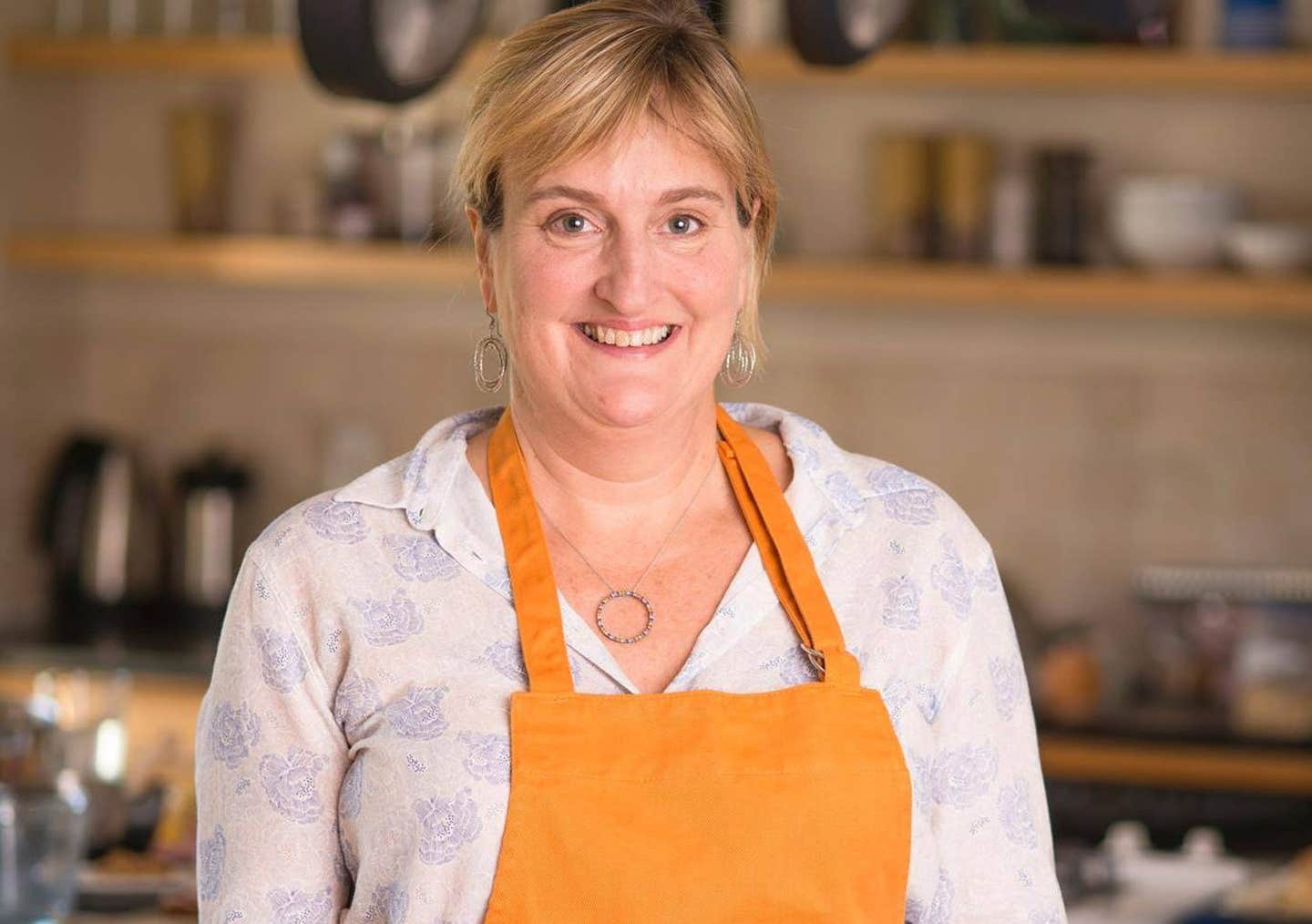Barley is an ancient grain that’s overdue for a modern-day rebrand. After all, the tender kernels are just as tasty and versatile as their trendier cousins, freekeh, farro, and kamut—and often easier to find and less expensive. Read on to learn more about barley, including how to cook it in all its forms, from pearl to hulled, hull-less, and beyond. Plus, we’ve rounded up our favorite barley recipes for you to try.
What Is Barley?
One of the first grains cultivated by humans, barley served as a subsistence crop for thousands of years. In Ancient Rome, where barley was seen as inferior to wheat due to a lower protein content, it was fed to poor, enslaved gladiators (nicknamed “barley eaters”). Today, barley has a reputation as a homey, slightly old-fashioned ingredient.
Barley may not be the most prominent grain on the supermarket shelf, but it currently ranks among the top five grains grown in the world, along with corn, wheat, rice, and sorghum. It’s closely related to wheat and rye.
Most of the barley grown each year is destined for animal feed and malt, a germinated grain product used to brew alcoholic beverages and enhance baked goods. (You’ll often see barley malt or malted barley listed in the ingredients of whole grain breads.)
To turn barley into a hulled, edible grain, the tough outer husks are removed with a special machine called a pearler, which tumbles the kernels until the inedible hulls rub or fall off. Longer tumbling times polish away the grains’ bran layer, as well, to yield pearl barley. There is also a hull-less barley variety, with loose husks that fall off before or during the harvest.
Is Barley Gluten-Free?
Barley is one of three grains that contains gluten, the other two being wheat and rye. People with celiac disease or gluten intolerance should not consume barley.
Is Pearl Barley a Whole Grain?
Pearl barley, aka pearled barley, is by far the easiest type of barley to find in the grocery store. It’s also the easiest to prepare, with cooking times that go as low as 10 minutes for quick-cook products. Because pearl barley has had its bran layer removed along with the hull, it is not considered a whole grain. But don’t write it off just because of that distinction! According to the Whole Grains Council, pearl barley is “much healthier than other refined grains because some of the bran may still be present and the fiber in barley is distributed throughout the kernel, and not just in the outer bran layer.” In fact, 1 cup of cooked pearl barley contains as much dietary fiber as 1 cup of cooked quinoa and more fiber than brown rice.
Types of Barley and How to Cook Them
Here’s a rundown of all the barley products available, with cooking times and what each is best for. When cooking any variety of barley, use a 3:1 ratio of water to grains. One cup of dried barley will yield 3 cups cooked.
Hulled Barley
Also called pot barley or Scottish barley, hulled barley is a whole grain that looks a lot like wheat berries, with a long furrow down the center of the tan, oval kernel.
Cooking time: 50 minutes to 1 hour
Best for: Salads, grain bowls, hearty stews, and casseroles; can be used interchangeably with hull-less barley
Hull-less Barley
Similar to hulled barley in texture and flavor, hull-less barley is a cultivar with loose husks that fall off before or during harvest. Hull-less barley is increasingly popular because it requires minimal processing.
Cooking time: 50 minutes to 1 hour
Best for: Salads, grain bowls, hearty stews, and casseroles; can be used interchangeably with hulled barley
Pearl Barley
Pearl barley grains are plump and polished white, with a creamier texture than whole grain hulled and hull-less barley.
Cooking time: 30 to 40 minutes
Best for: Soups, risottos, and pilafs
Quick Barley
Quick barley is pearl barley that has been par-cooked and dried like quick oats.
Cooking time: 10 to 12 minutes
Best for: Breakfast porridge, risottos, 30-minute soups and stews
Barley Flakes
Barley flakes are flattened disks made by rolling hulled or pearl barley, similar to rolled oats.
Cooking time: 5 to 10 minutes
Best for: Hot breakfast cereal, cookies, and baked goods
Barley Grits
Barley grits are cracked pearled or hulled barley kernels that become creamy and thick when cooked.
Cooking time: 20 minutes
Best for: Hot breakfast cereal, casseroles, veggie burgers
Barley Recipes
Here are some of our favorite barley recipes. You can also substitute barley for other grains in most dishes (though you may need to adjust cooking times).
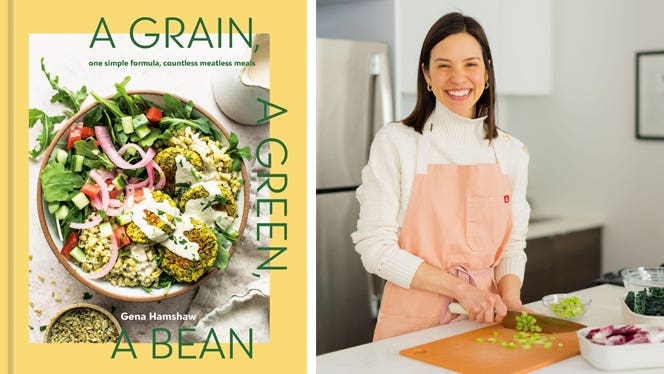
Related News
Save 40% This WeekOn Forks Meal Planner

Forks Meal Planner takes the hard work out of making nutritious meals the whole family will enjoy.
SAVE $200 ON OUR ULTIMATE COURSE
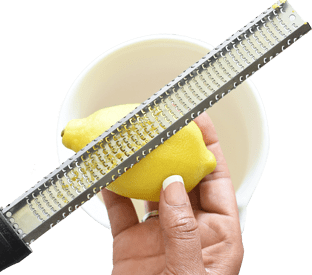
Join our best-selling course at a new lower price!
